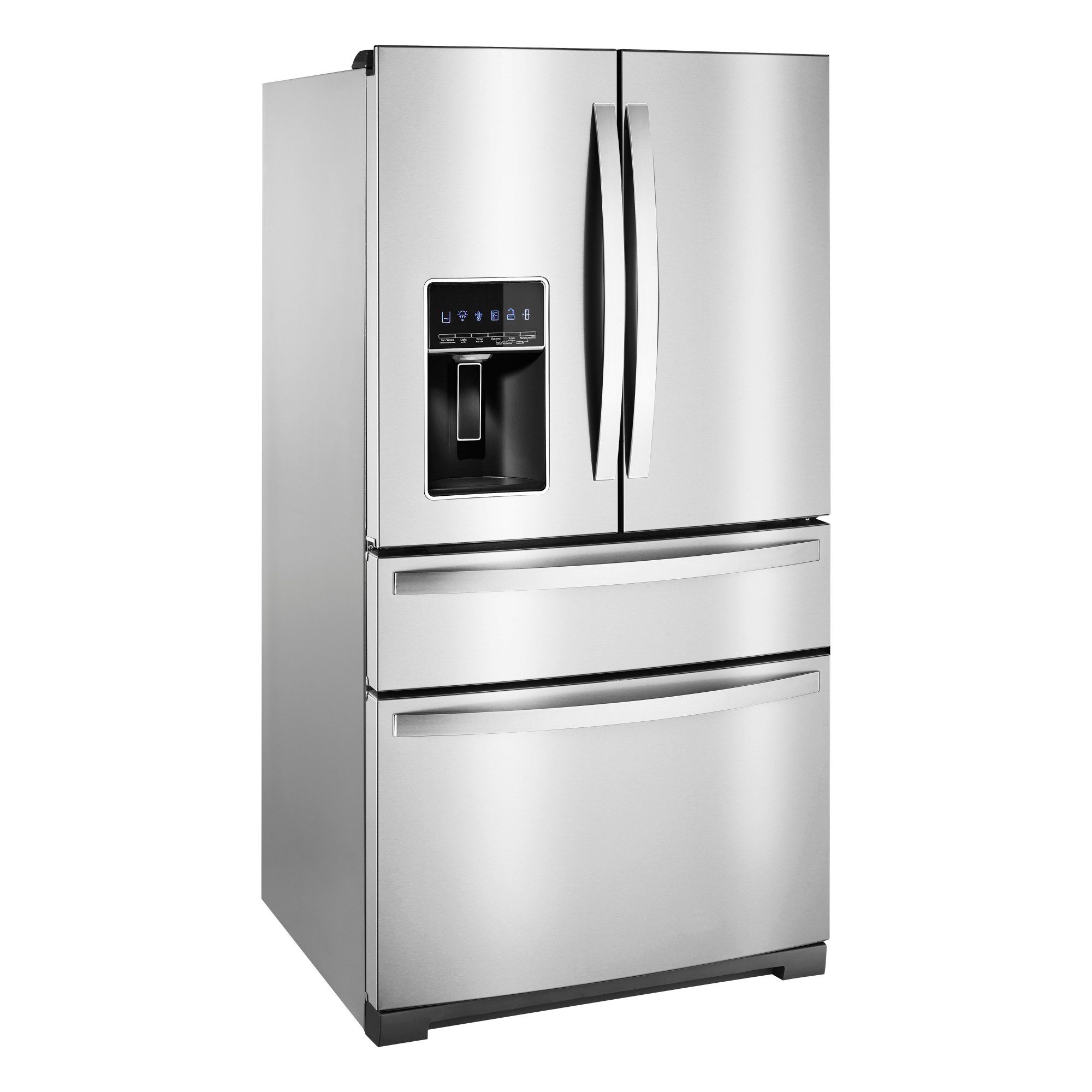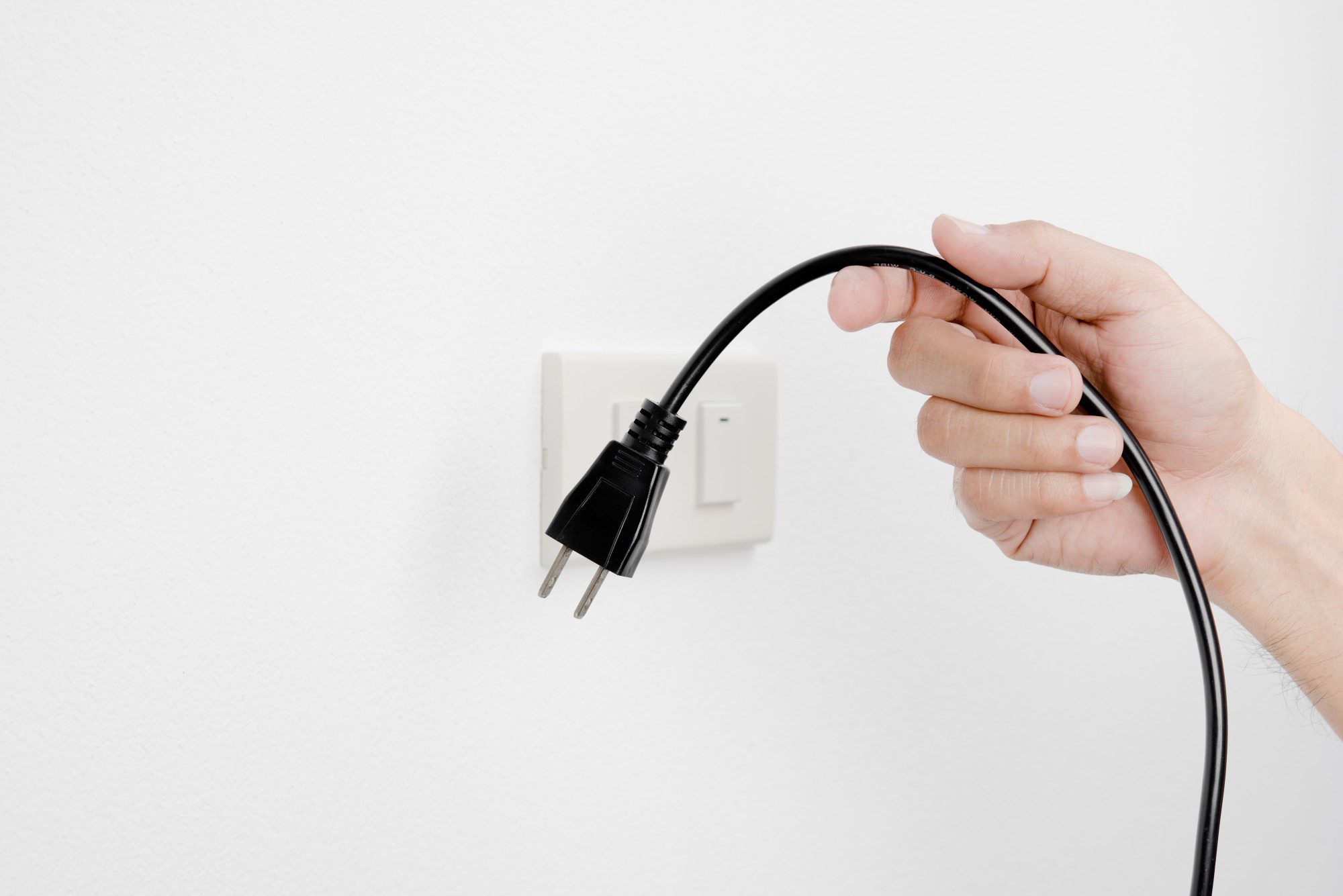
How to Retrofit Your Home to Improve Energy Efficiency
Improving your home’s energy efficiency can deliver an 18.5% annual return, “nearly double that of long-term stocks,” according to the American Council for an Energy-Efficient Economy (ACEEE).
Energy retrofitting involves replacing or installing parts of your home to make them more energy efficient. When you improve energy efficiency in your home, you’re saving money on operating costs, minimizing your carbon footprint, and creating a healthier, more comfortable space to live in.
Here are a few ways you can retrofit your home to improve energy efficiency:
1. Install New Insulation
 Insulation helps reduce heat from entering or escaping your home. According to the EPA, proper insulation saves the average homeowner 15% on heating and cooling costs. Unfortunately, 90% of U.S. single-family homes lack adequate insulation, according to the North American Insulation Manufacturers Association (NAIMA). Is your home one of them? Here are some tell-tale signs of poor insulation:
Insulation helps reduce heat from entering or escaping your home. According to the EPA, proper insulation saves the average homeowner 15% on heating and cooling costs. Unfortunately, 90% of U.S. single-family homes lack adequate insulation, according to the North American Insulation Manufacturers Association (NAIMA). Is your home one of them? Here are some tell-tale signs of poor insulation:
- Your electric bills are much higher than they should be when you’re heating or cooling your home
- The home’s temperature varies significantly from room to room
- Icicles hang from your rooftop during winter (usually due to poor attic insulation)
- You can feel drafts near your windows or dryer vents
- Your home was built before 1960 and hasn’t been reinsulated since
Conduct an energy audit to determine if your home needs to be reinsulated and, if so, where. Usually, the attic is a great place to start.
2. Update Your HVAC
 Almost half of your home’s energy is consumed when heating or cooling your space. One easy way to reduce energy costs is by changing your HVAC filter every three months. Also, learn to identify when your HVAC system is failing, such as excessive run times, fluid leaks around the system, or when it emits little air (or the wrong kind of air).
Almost half of your home’s energy is consumed when heating or cooling your space. One easy way to reduce energy costs is by changing your HVAC filter every three months. Also, learn to identify when your HVAC system is failing, such as excessive run times, fluid leaks around the system, or when it emits little air (or the wrong kind of air).
If you want to buy a new HVAC system, look for heating systems with Annual Fuel Utilization Efficiency (AFUE) ratings of at least 80% or 90%. That’s how much of the fuel they use turns into heat.
3. Upgrade Your Major Appliances
 Larger appliances, like your washer and dryer, refrigerator, dishwasher, and oven, require lots of energy. This rings especially true with your fridge, which is always on.
Larger appliances, like your washer and dryer, refrigerator, dishwasher, and oven, require lots of energy. This rings especially true with your fridge, which is always on.
If your appliances are more than 20 or 30 years old, it may be time to replace them. We recommend upgrading them to appliances with the ENERGY STAR certification. Think of them as an investment. They cost a little more, but their savings and value add are worth it in the long run. Also, remember that you don’t have to replace all these appliances simultaneously. Do them slowly over time.
If you’re not interested in switching out your new appliances just yet, make sure they’re well-maintained. Here are a few things to consider:
- Fridge: Pull your fridge out from the wall to remove dust from the coils. Next, check your fridge’s seal by putting a piece of paper in them and closing the door. If you can easily pull it out, you should replace the gasket.
- Freezer: Repeat the paper trick mentioned above if your freezer has a seal. Also, save some energy by turning off your automatic ice maker when you’re not using it.
- Dishwasher: Wipe your dishwasher door and gasket and ensure you’re removing and rinsing off your filter after every few washes. You should also deep clean your dishwasher once every couple of months.
- Washer: Energy-efficient washers usually use cold or warm water, so you may experience mildew or residue buildup around your rubber seals and interior. Clean it up to improve efficiency.
- Dryer: Regularly clean your air vents and lint trap. It’s a fire hazard if you don’t. Also, keep an eye on your moisture sensors. They help determine when a load is dry.
- Oven: Your oven, stove, and range are prone to collecting crumbs, grime, and splatters. Clean them up as you see them to improve efficiency and reduce the ick factor.
4. Light Up with LEDS
 ENERGY STAR LEDs use 75% less energy and can last 25 times longer than standard incandescent lighting, making them worth the added price per bulb. They’re also more durable and offer better quality lighting than their competitors.
ENERGY STAR LEDs use 75% less energy and can last 25 times longer than standard incandescent lighting, making them worth the added price per bulb. They’re also more durable and offer better quality lighting than their competitors.
Here are a few ways LEDs are different:
- LEDs emit very little heat compared to incandescent bulbs, which release 90% of their energy as heat
- They produce light in a variety of hues, often using a combination of red, green, and blue LEDs to achieve white light
- LEDs are the size of a speck of pepper
- LEDs emit light in a specific direction, eliminating the need for reflectors or diffusers to trap light.
4. Rethink Warm Water
You need hot water for many things, whether you’re showering, cooking, cleaning, or washing your hands. Unfortunately, heating water consumes a lot of energy.
 Here’s the good news: You don’t need a new water heater to save money on your energy bills. Many water heaters have a default temperature of 130 degrees, which is too hot for your skin. By reducing your water heater to 120 degrees, you can save yourself a lot of money and energy.
Here’s the good news: You don’t need a new water heater to save money on your energy bills. Many water heaters have a default temperature of 130 degrees, which is too hot for your skin. By reducing your water heater to 120 degrees, you can save yourself a lot of money and energy.
If you have an electric water heater, warm it with an insulated jacket and use towels or wrap foam around your pipes. This helps keep the water in your heater warmer for longer and takes less time and energy to heat it, reducing energy costs.
If it’s time for a new water heater, get one that’s ENERGY STAR-certified. They can use 50% less energy than comparable models.
5. Know When to Disconnect
 When you keep things like your phone charger and laptop cord plugged in, you’re drawing phantom energy. In other words, even if these devices aren’t in use, they still use up a small amount of energy, which can add up over time.
When you keep things like your phone charger and laptop cord plugged in, you’re drawing phantom energy. In other words, even if these devices aren’t in use, they still use up a small amount of energy, which can add up over time.
Physically unplugging all of these devices can be tedious, and, let’s be honest, most people won’t be doing this every night. Instead, consider buying a smart power strip with automatic current-sensing technology. These power strips are equipped with a “control” socket, so when the main outlet is turned off, anything plugged into it enters a sort of sleep mode and won’t consume phantom energy.
Improve Energy Efficiency With Pathway
It’s never too late to improve the energy efficiency of your home. In fact, energy-efficient homes are more valuable than ever before. Energy-efficient products last longer, reduce costs, and improve your health and the environment.
Are you ready to retrofit your home to improve energy efficiency? Send us a message!
Do you like home remodeling tips?
Remodeling your home can be a daunting experience. The Pathway team has taken the time and expertise to create podcast episodes detailing the tips and tricks of the trade.
